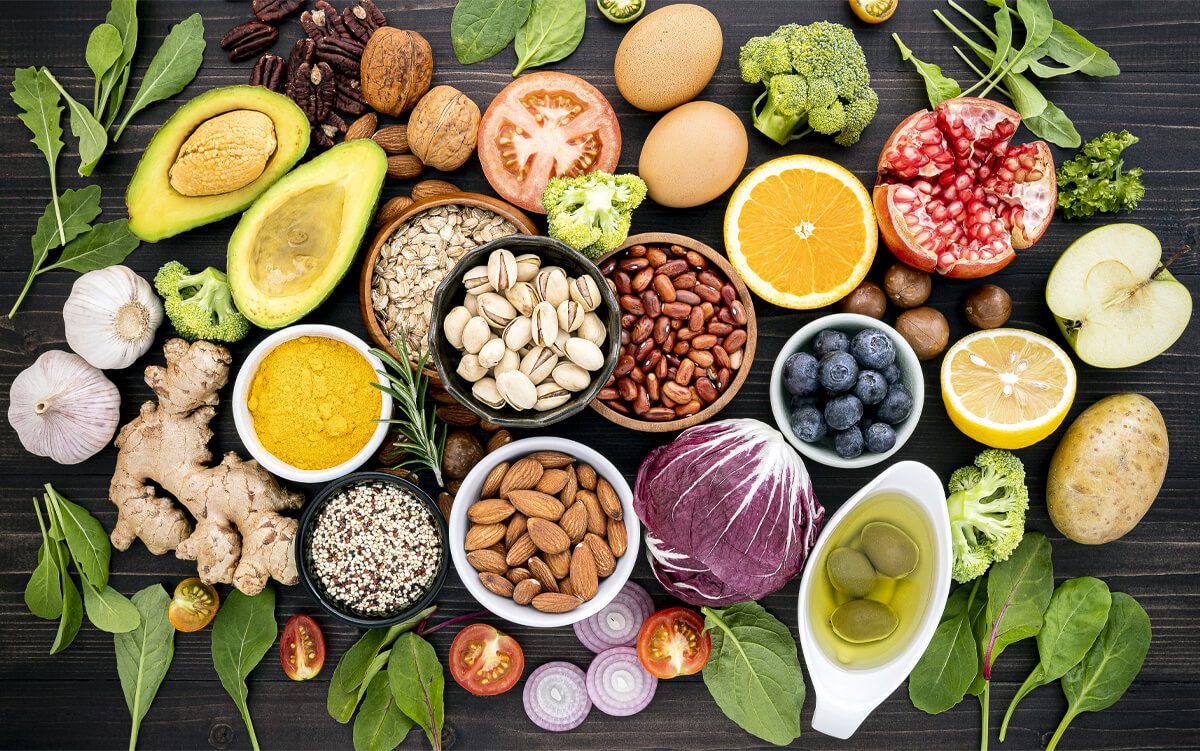I wanted to share something wonderfully festive with you this week, but when I thought about it, I decided I would go with what is most useful and timely instead. Most people already have their favorite holiday menu planned, so I won’t try to change that at this hour. However, I will share with you how to take the remnants of your meal and turn it into something wonderfully healing and useful for the remaining of the winter…bone stock!
You have probably heard the term and wondered what all of the hoopla is about. Bone stocks are part of the traditional diet, the diet people ate when families took time to prepare foods from scratch. Yes, there was a day when you couldn’t find a row of broths and stocks made from “bouillon” and water. There was a day, and there still is, when people cooked down their leftover carcasses and made stock of their very own. The value of these stock has come to light recently as more and more Americans suffer digestive disorders and nutrient deficiencies; a sad result of processed foods.
Bone stocks are especially good for your digestive health, as well as your bones, skin, hair and teeth. They contain very valuable minerals like calcium, magnesium, phosphorus, and silicon in absorbable forms. These stocks are also high in collagen and glutamine, two proteins that help to heal your gut lining and connective tissue in joints as well as build strong hair and teeth. But, what may be most beneficial this time of year is their immune-boosting power. The bone-stock consumer is not usually the one down and out with a cold or flu. Because bone stocks are so high in protein, they offer an economical way to include protein in a meal aiding with lean body mass development. You can make vegetable soups with bone stock and you do not need to add meat to the meal.
I actually do make bone stocks and I store the stock in glass mason jars. The stock may be frozen. I cook poultry stocks 24 hours and beef stocks 72 hours! I like to get all of the nutrients out of those bones! Various cooking methods may be used, for instance, if you bake your rib bones prior to boiling, your stock will have a richer color and taste. I like to keep it simple so I skip that step. However, it is important to allow your bones to soak in your water with ½ cup raw cider vinegar for one hour before you boil. This helps leach the minerals from the bones. Once your stock comes to a rapid boil, skim the foam to remove impurities and then turn down to the lowest setting, cover tightly and simmer for 24-72 hours. A tight fitting lid is a must or else your stock will evaporate during cooking. I have 12 qt All Clad pot and it works great! You may add carrots, celery, onion or other seasonings as desired. I always add Celtic or Himalayan sea salt. I use marrow, rib and knuckle bones. The knuckle bones are packed with gelatin! I get my meat from Bradds’ Family Farm and he supplies my bones. Below are links to websites with more information and cooking instructions. My recipe comes from Nourishing Traditions by Sally Fallon. This is a great cook book to give as a gift. It is loaded with wonderful information on nutrition.
http://nourishedkitchen.com/bone-broth/
https://www.facebook.com/Bradds-Family-Farm-137378989673618/
So have wonderful and safe holidays! Stay well and don’t toss out those valuable turkey or beef bones too soon!



